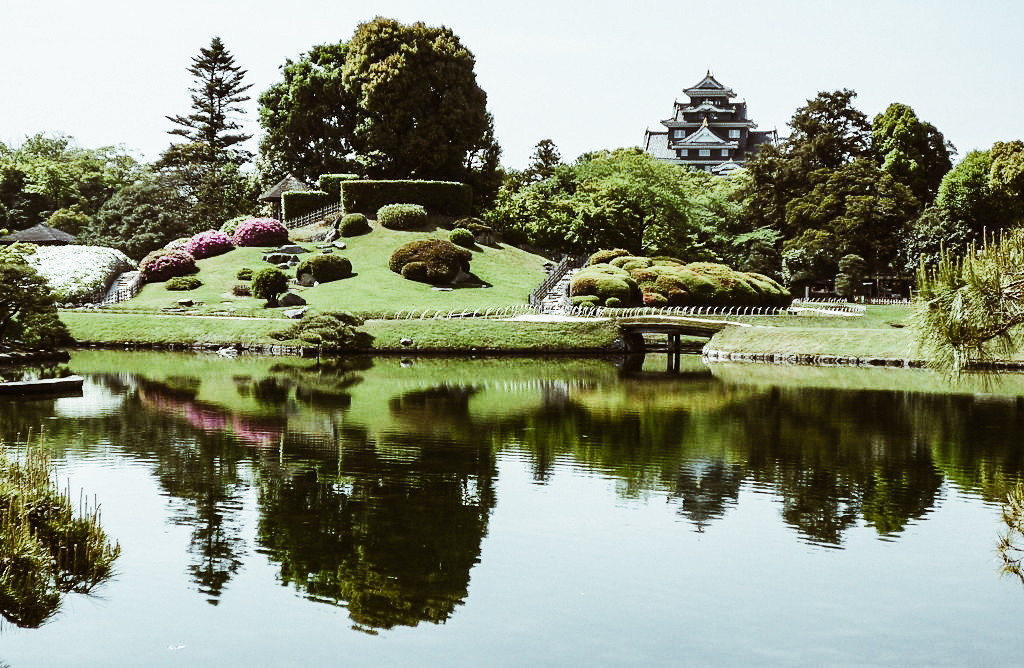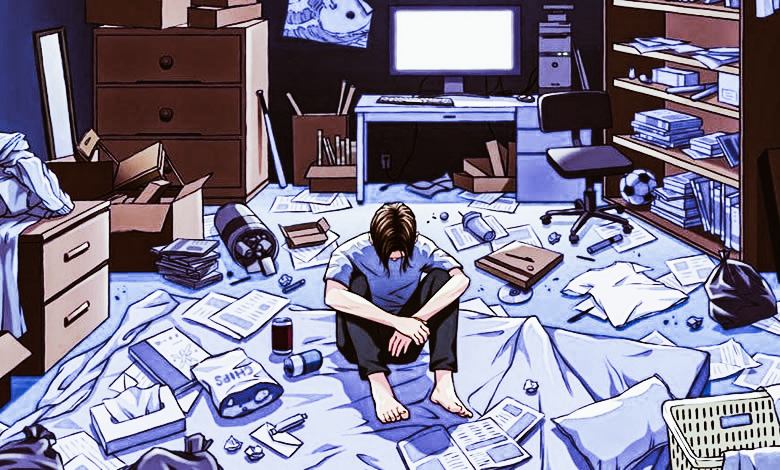It happened to everyone at least once to surf the internet and find articles about “untranslatable words”. In fact, we often discover that every nation has special words with a certain meaning without any correspondence in its own language. Today we at Japan Italy Bridge want to try to summarize those special, unique and sometimes magical words that enclose an entire world.
Untranslatable words: Mono No Aware, Shakkei, Hikikomori, Omotenashi, Betsubara
Author: Sara

photo credits: Unsplash
Untranslatable words: Mono No Aware
The first on the list of our untranslatable words is 物の哀れ, “mono no aware”. An aesthetic concept that expresses strong emotional participation in the beauty of nature and human life with a consequent nostalgic feeling linked to its incessant change. So literally we could translate it as “the pathos of things” or “the beauty of the ephemeral”.
Mono no Aware finds its roots in the Heian period, but it spread only in the Edo period when the scholar Motoori Norinaga made a careful analysis and criticism of Murasaki Shikibu’s “The Tale of Genji” defining it as a perfect example of “mono no aware”, the perfect essence of Japanese culture. From this moment on, the creative path of many Japanese artists has had as its pivot this strange and complex concept. In fact, we find extremely sentimental the “transience” of things to take over, both in literary as well as cinematographic works. This leaves that feeling of “lack” for an ending that neither the reader nor the spectator is satisfied with. A sweet sadness and awareness that everything is destined to die slowly (and for this reason it must be loved deeply).
Shakkei

photo credits: wikipedia.org
The second expression we want to analyze is 借景, “shakkei”. This time it is a particular technique literally defined as “landscape on loan”, i.e. incorporating external elements of the landscape into the composition of a garden, the perfect fusion of the available elements already present with the surrounding aesthetics.
We could say that the whole of Japan refers to the concept of “Shakkei”. Everything seems to be exactly in the right place in a harmonious and not shamelessly calculated and studied way. A sort of exaltation of nature as if even skyscrapers were an integral and perfect part of the whole landscape. In reality, however, this expression refers purely to the gardens of East Asia, which gives them the charm we know well. The principles of “borrowed landscape” have their roots in the Sakuteiteki (ancient Japanese gardening treatise), which developed further and further until it reached its maximum popularity during the Meiji and Taisho periods.
Hikikomori

photo credits: emefka.sk
The third word is perhaps among the best known and most “dangerous”. We are talking about 引き籠もり, Hikikomori. Today it is a sad social phenomenon that can have extreme consequences and goes beyond mere “isolation”. There are people who decide to voluntarily withdraw from social life, seeking extreme levels of loneliness by assuming a deleterious lifestyle both physically and psychologically. Night and day are reversed, direct relationships are often replaced by virtual ones or, in even more extreme cases, none at all. The hikikomori wanders around his room, devoid of any stimuli and this, as is intuitable, are characteristics that distinguish depressed subjects with obsessive-compulsive attitudes.
The first to give a name to this particular phenomenon was the psychiatrist Tamaki Saitō when he observed that the number of those who presented this deep lethargy towards life increased and the characteristics were always the same. Therefore, we can define Hikikomori as a syndrome rather than a word in itself.
Untranslatable words: Omotenashi

photo credits: livingnomads.com
The fourth on the list is お持て成し, “omotenashi”. It is really difficult to find an equivalent that can even give an idea of this wonderful concept. We could use the word “hospitality”, but it is almost reductive. This word expresses one of the most complex and profound aspects of Japanese culture. Omotenashi is the will to be attentive and take care of others. It also means to give importance to details, to be aware of one’s own actions, to have the sensibility to seek harmony and to make others feel good. It was the Buddhist monk Sen no Rikyū who established the principles and good rules of conduct during the famous tea ceremony, an expression of the utmost care towards the guest.
There fore, Omotenashi is a reflection of Japan, the basis on which the behavioural etiquette of the entire country is rooted. Even if it is not said that this sense of “hospitality” is always encountered (the whole world is a country: there are also very unfriendly Japanese!), but you can easily perceive it when you experience it.
Betsubara

photo credits: lickthatspoon.blogspot.com
The last term we will address today is べつばら, “betsubara”. It’s a word that can make you smile and literally means “separate stomach.” This is where all dessert goes when you say you can’t eat another bite, but you eat it anyway. It’s a bit like when you say, “there’s always room for dessert” even though you already feel totally full. Obviously it can be understood for any food you have a weakness for: it can be ramen, sushi, pizza. So everyone has a different “betsubara”! Which one is yours?
Share this:
- Click to share on Facebook (Opens in new window)
- Click to share on Twitter (Opens in new window)
- Click to share on Tumblr (Opens in new window)
- Click to share on Pinterest (Opens in new window)
- Click to share on Telegram (Opens in new window)
- Click to share on WhatsApp (Opens in new window)
- Click to share on Reddit (Opens in new window)
- Click to print (Opens in new window)






